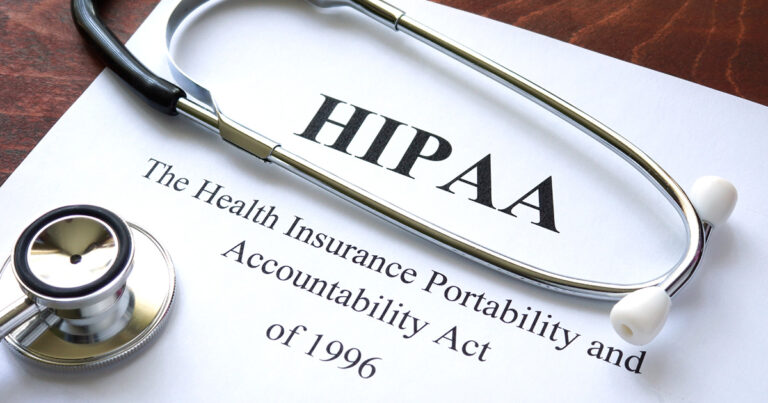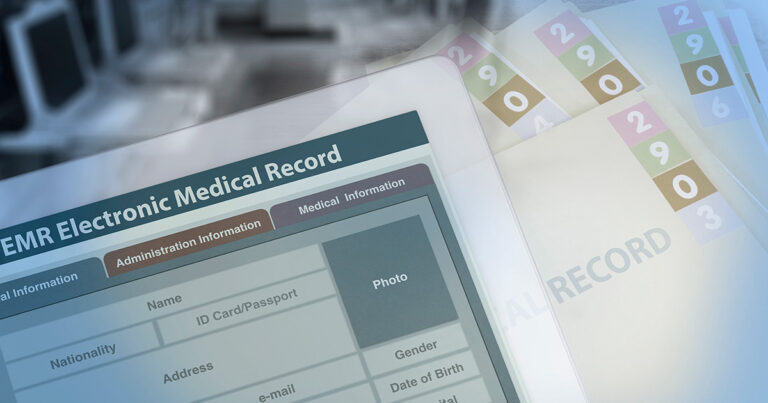Healthcare & the Patient-Centered Medical Home
Advances in technology have not only produced updates to testing and treatment in the medical field, but have also given patients more access to information and education. We’ve seen a big shift towards a more patient-centric healthcare industry.
It’s not just about increasing patient engagement and satisfaction (though that is usually the primary goal of a provider or practice). This transition aims to create an integrated network of care that focuses on keeping patients healthy, not just serving them when they are ill.
That’s the main premise of the patient-centered medical home (or PCMH for short), which is a healthcare delivery system that has gained popularity in recent years with its collaborative, interlocked approach to comprehensive care.
In this article, we’ll dive into what a PCMH is, its benefits, and the factors that help make it successful.
Why PCMH?
With the alarming rate at which the cost of U.S. healthcare rises (Americans spent $3.65 trillion—yes, trillion—on healthcare in 2018), many insurance providers are looking for ways to make this a trend reverse.
The issue with attacking this growing problem is that there isn’t one thing to blame, which makes it hard to deliver a reasonable solution.
Enter the patient-centered medical home. Though it may not tackle some matters (like the rising cost of services), it has been proven to help reduce the amount of services needed, which helps reduce the overall cost for both patients and healthcare providers.
This is all based in education, prevention, overall wellness (thinking about the health of the whole patient—physical and mental), and speedy diagnosis and treatment.
Breaking it Down
Essentially, a PCMH is creating an atom of healthcare for a patient, with the patient and their primary care physician as the nucleus.
In this model, the primary care physician (PCP) is at the helm of the patient’s care, ensuring that needs outside their services are properly met. This also gives the patient a comfortable “home base” from which to explore their care options and build relationships with physicians and other members of their care team.
A large part of making a PCMH work is seamless coordination. According to the American College of Physicians, in a PCMH “care is facilitated by registries, information technology, health information exchange and other means to assure that patients get the indicated care when and where they need and want it in a culturally and linguistically appropriate manner.”
The five main pillars of the PCMH philosophy are as follows:
– Patient-centered: It’s right in the name! Creating a respectful partnership between practitioners, patients, and their families is at the core of PCMH. It’s imperative that a patient is given the education and options needed to make informed decisions.
– Comprehensive: By ensuring that both a person’s physical and mental needs are met, a patient’s care team can work together to treat acute and chronic illness, as well as promote prevention and wellness.
– Coordinated: By organizing all elements of a patient’s care under one system, they are able to gain easy access to specialists, hospitals, home care, and community services.
-Accessible: Using a coordinated care strategy, patients enjoy shorter wait times, extended care hours, and 24/7 access to experts and their own health care information.
-Committed to quality & safety: Physicians and staff are dedicated to quality improvement to create a safe and informed environment for patients and their families.
Benefits for Patients
For a patient, a PCMH can provide a more personal approach to their care. With an emphasis on education, respect, and collaboration, the model allows the patients to feel more in control of their health, with a team of experts surrounding them.
This is a contrast to the usual method, in which a patient may or may not have a primary doctor and is likely tackling issues as they arise—instead of having the opportunity to be more proactive about their wellness and care plans.
Patients are also able to access services, treatments, and programs more quickly, thanks to the collaborative manner of the care structure.
Benefits for Providers
For healthcare practitioners, a PCMH provides an environment rooted in teamwork, which helps to reduce stress, increase productivity, and provide a greater opportunity for success. It also helps to optimize the correct resources, which results in efficiency and reduced costs.
And, for healthcare providers (like insurance companies), the benefit of a PCMH model can also be seen in dollar signs.
Seven years after implementing the PCMH philosophy across 90 percent of its network in the mid-Atlantic area, CareFirst BlueCross BlueShield was able to save $1.2 billion.
The insurance company experienced a decrease in hospital and emergency room visits among its members. As Health IT Analytics explains, “The patient-centered medical home approach has also contributed to a slower rate of annual total growth in costs, including pharmacy spending, CareFirst said. From 2013 to 2017, the payer’s overall medical trend averaged 3.5 percent. In the five years prior to the PCMH initiative, that number was 7.5 percent.”
Importance of Technology
A critical component to making an integrated system like this work is enhanced technology. Without electronic health records, a digital management system, and an instant source of communication, it can be difficult to coordinate care between different practices and various physicians.
Being that a successful PCMH will likely have an advanced digital platform attached to it, it’s helpful for all patient data, results, and forms to be available electronically.
That’s where we at IntakeQ come in. By offering easy, HIPAA-compliant digital intake forms, practitioners and providers can quickly access important patient information that may be pertinent to a particular appointment or diagnosis.
This is a practice that has been welcomed by patients as well, as having the ability to fill out forms ahead of appointments and at their own convenience doesn’t just create a more comfortable situation, but also helps to cut down on wait times at the doctor’s office.
Of course, offering the ability to complete forms electronically is beneficial for patients and practices regardless of what kind of care model is in place!
Free Download: Patient-Centered Care Checklist
The Bottom Line
The PCMH model can seem like it conflicts with the typical structure of healthcare—after all, a practice makes more when it sees more patients more regularly, right?
However, as you can see, the traditional setup breeds an environment where success is measured in quantity, not quality.
Instead, PCMH and other patient-centric models are aimed at getting patients healthy—and then keeping them healthy. Over time, this will help cut down on healthcare costs for everyone involved, while increasing the quality of patients’ lives—a win-win!
It’s just a matter of having the appropriate procedures, technology, and education in place to make the system work.






